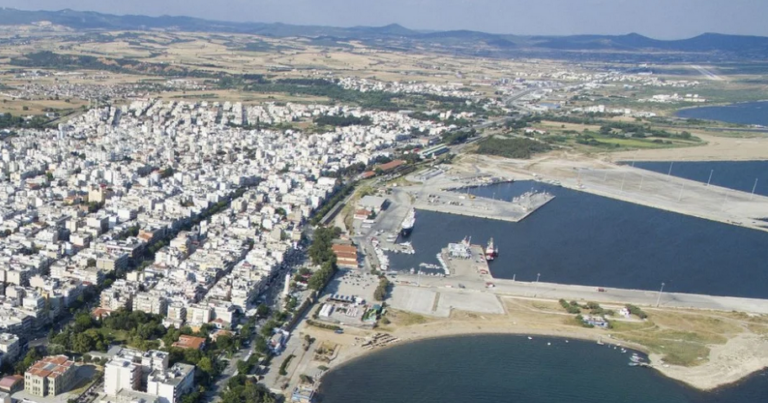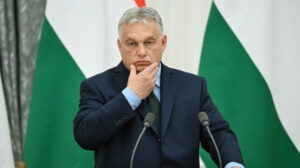While the Aegean Sea is becoming the daily theater for Turkey’s guns-and-drone policy, one of the consequences of the renewal of the Greek-American Defence agreement (or ‘MDCA’) is the strengthening of the U.S military in Greece, locking down Turkey, Russia and, by extension, Iran in the vast spider web of its bases.
This containment or entrapment can be clearly seen on the above map:
In Crete, the huge reinforcement of the naval base in Souda Bay, is on-going to host F-35s and UCAVs.
In Thessaly, the extension of the Larissa air force base, which enables to radiate around the whole region (the Aegean Sea and the Ionian Sea).
In Thrace, the extension of the base of Alexandroupolis and the building-up of a radar-station to monitor the straits. The range of the future radar should allow the U.S military to monitor the entire region, as far as Syria. This new radar will be linked to the parent station located in the island of Samothrace, thus creating a dense network intended to monitor all military activities in this vast aera.
Ukrainians behind car bombing that killed daughter of key Putin ally, US believes
Russia’s invasion of Ukraine and Turkey’s daily provocations have obviously reinforced this Greek-American strategy, which dates back to the Cold War: in the last seven months, indeed, Alexandroupolis has proven to be a very reliable alternative to the closed Bosphorus Strait.
But current plans go further than a simple extension of a transit center to go to Bulgaria, Romania or even Poland: it is about completely bypassing Turkey, whose irrational attitude will go crescendo with the Turkish internal elections of June 18, 2023, which will precede the 100th anniversary of the founding of the Turkish republic on the following October 29.
Read more: Defense Aerospace
Ask me anything
Explore related questions





